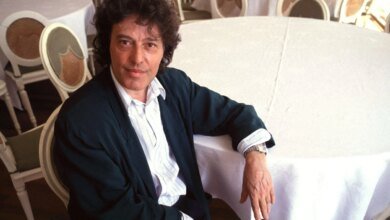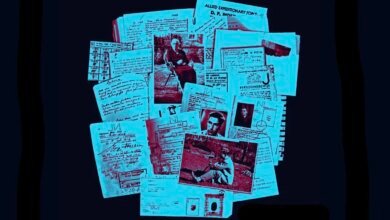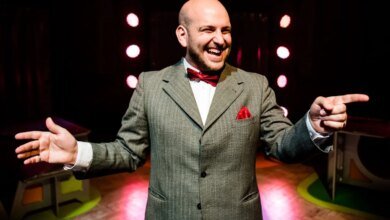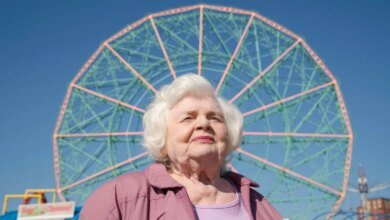Making of an Icon — Jewish Renaissance

![]()
Barry Murnane, also an Oxford academic, contributes two fascinating essays: one on place and landscape in Kafka’s novels and the other on the author himself, animals and humans. Murnane reveals how the books move between “abstract, fantastic spaces and recognisably realistic locations” and how this contributes to the “disorientating effects” of these stories, perhaps especially The Trial, with its famously dark, labyrinthine corridors and archaic locations. This is part of the odd mix in Kafka’s writing of the almost medieval and the very modern – themes that are so important to his novels. The Trial is known for its network of dark offices, courtrooms and other connected sites, which are so important to its later film adaptations.
In his second essay, Murnane focuses on the boundaries between people and animals, most famously with Metamorphosis, in which Gregor Samsa is transformed into a bug. Another story is about a speaking ape, there are singing mice and a creature digging like a mole in the dirt. Often, Kafka’s stories are not about humans at all, but about animals or the boundaries between animals and humans.
A century after his death, a new generation of scholars is producing a very different image of Kafka’s life and work. A new, much more complicated and interesting Kafka is emerging.
By David Herman
Kafka: Making of an Icon is out now, edited by Ritchie Robertson (Bodleian Library Publishing, £35). bodleianshop.co.uk/products/kafka-making-an-icon
The exhibition Kafka: Making of an Icon will be shown at the Bodleian Library in Oxford until Sunday 27 October. visit.bodleian.ox.ac.uk/kafka




